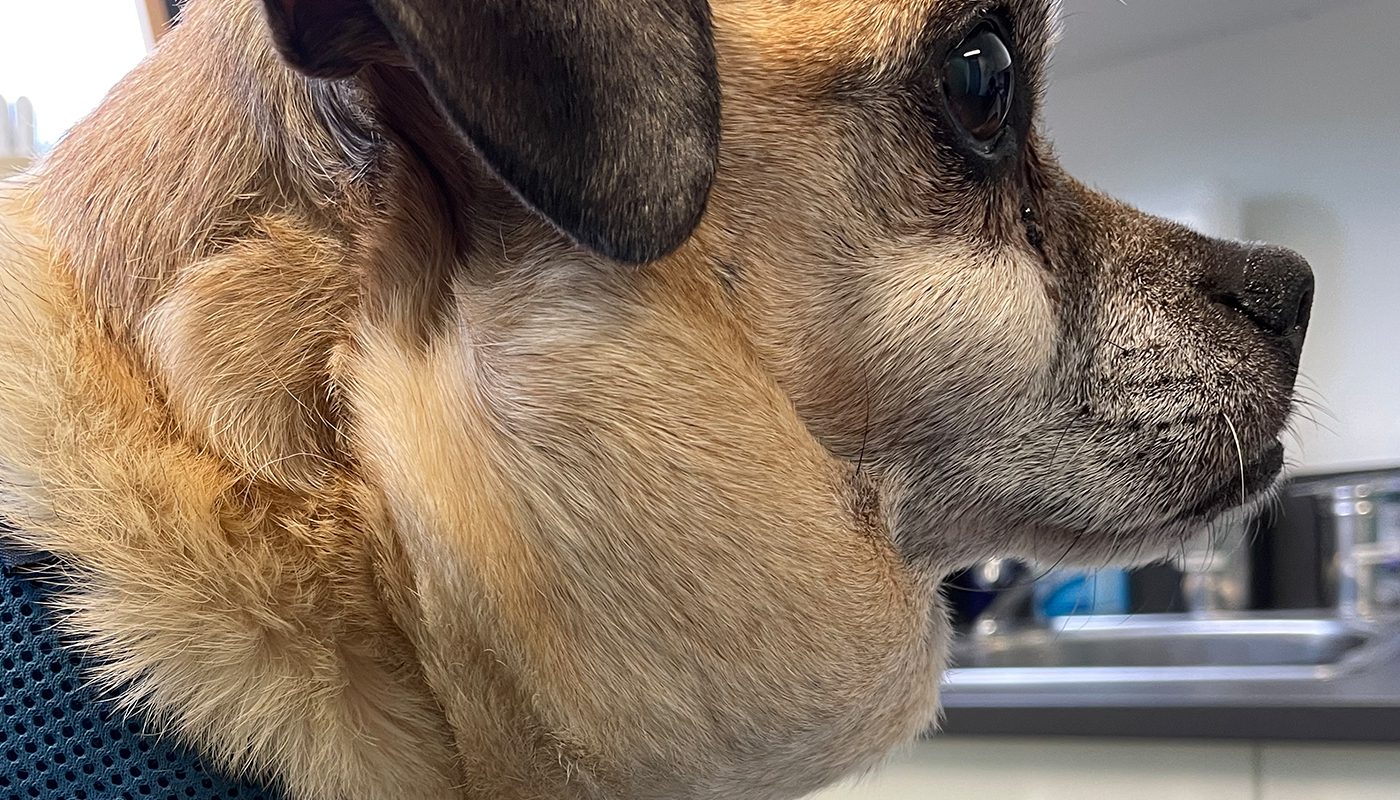2nd February 2022
Lymphoma is one of the most common cancers that occur in dogs, cats and in people. But lymphoma is separated into a huge number of ‘subtypes’ based on cell type, location and biological activity. For canine and feline lymphoma, once a diagnosis has been made, it will often be recommended that additional testing be performed to determine the phenotype of lymphoma.
B cell lymphoma is the most common type of lymphoma diagnosed in dogs and is typically associated with the common presentation of peripheral lymphadenopathy. But not all lymphomas are B cell in dogs! T cell lymphomas do also occur and tend to be found in more atypical sites or associated with hypercalcaemia. There are also types of lymphoma that are neither B or T, these are rare and often highly aggressive.
In cats, T cell lymphomas are most common and typically associated with the small cell indolent GI lymphoma. If we look at all the other types of feline lymphoma large B cell lymphoma is certainly more prevalent.
So why do we test for phenotype?
Many Oncologists treat B and T cell lymphomas differently, using different drug combinations and we have found that by doing this, patients with T cell lymphoma have remission rates and survival times similar to B cell patients. Knowing a patients phenotype can also help with prognosis for that individual patient.
When should I request the test?
As soon as the biopsy or cytology results come back and diagnose lymphoma, immunophenotyping should be requested. Treatment for lymphoma can start straight away (before you know the phenotype) and this is our preference, to start treatment whilst awaiting these results. There are some chemotherapy drugs that work well for both types so we tend to start with these.
Got questions – send us an email!


